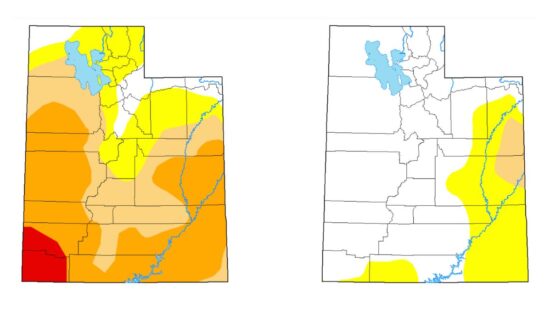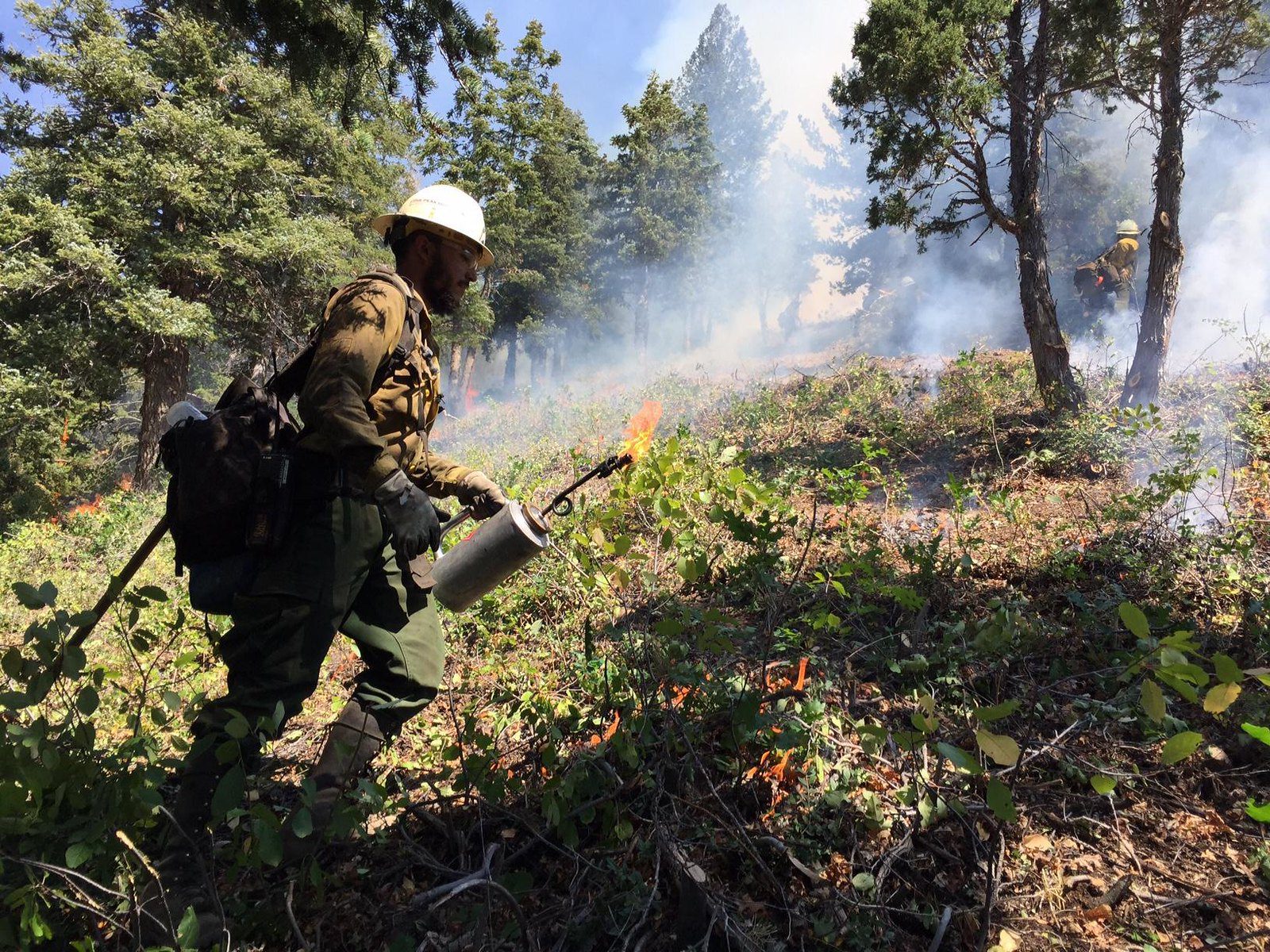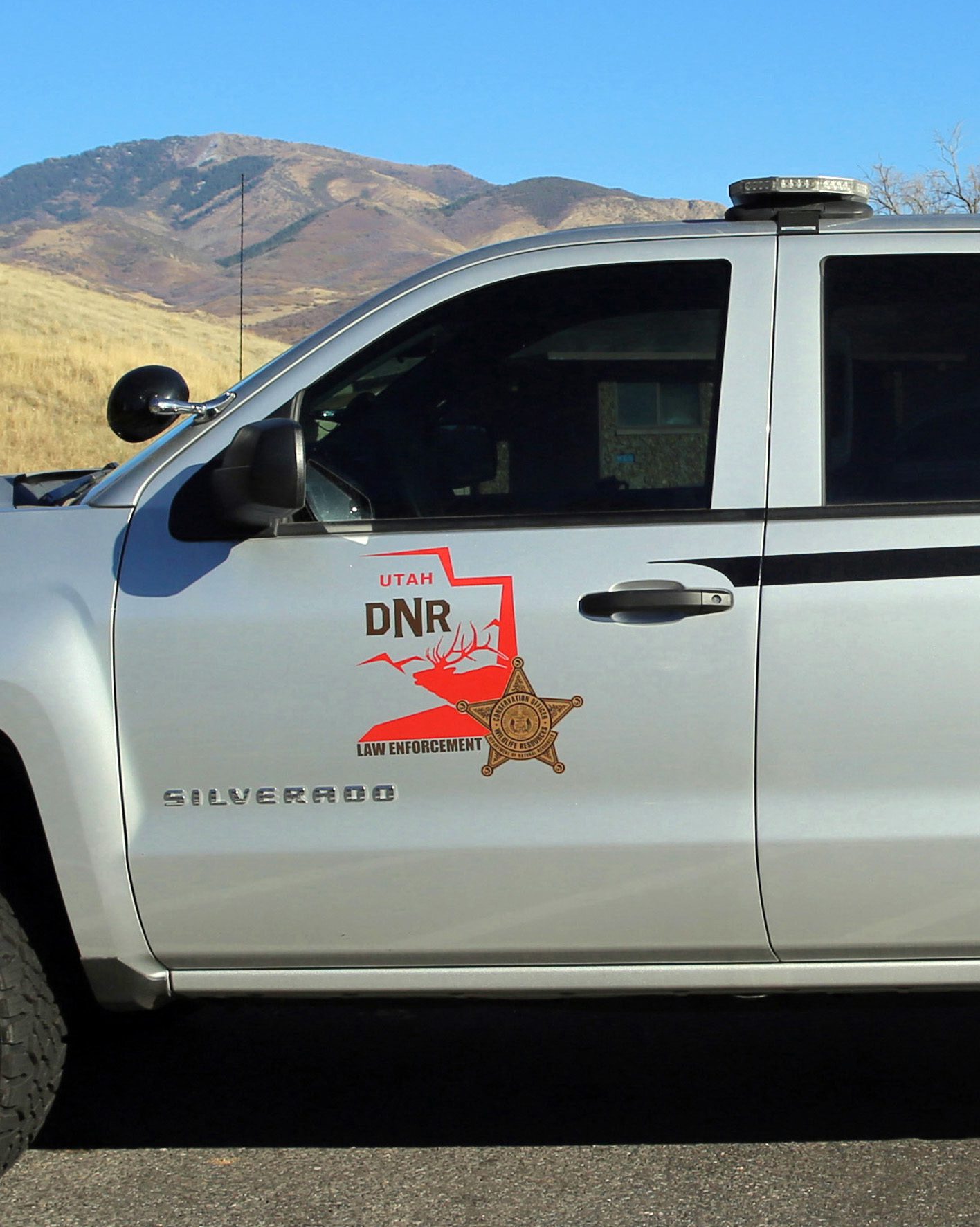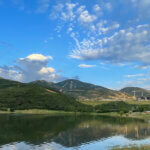Environment
A look at water conservation-related bills passed this Utah Legislative session
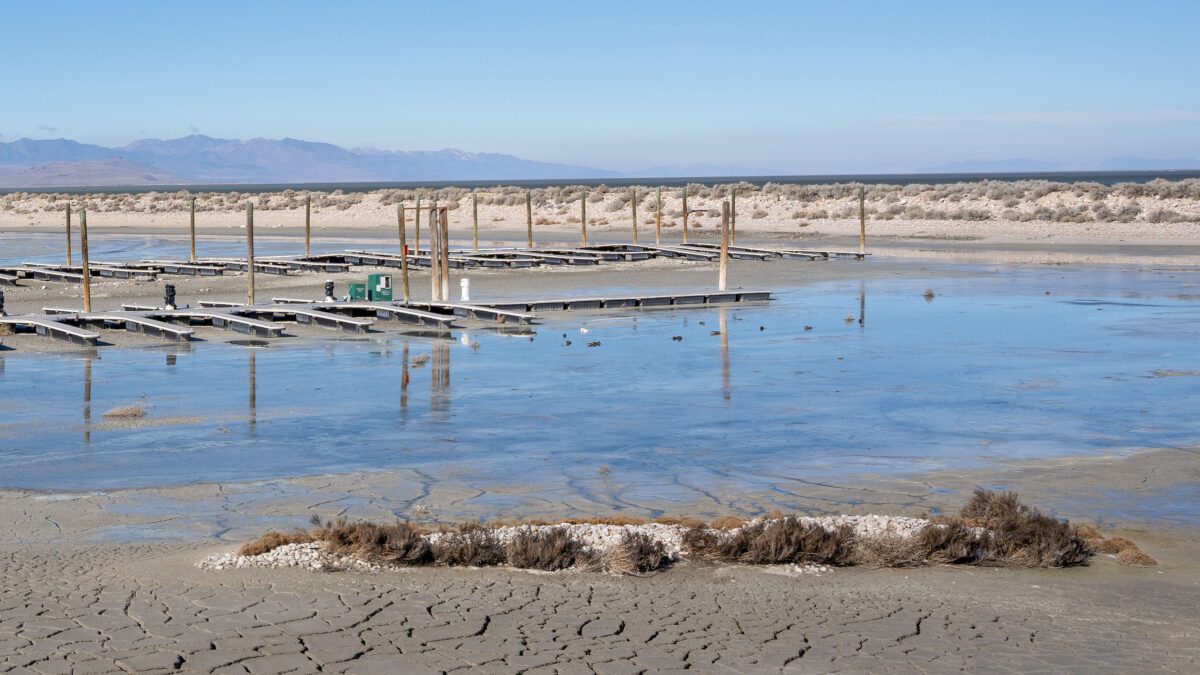
The dock area at Antelope Island State Park. Photo: TownLift // Kevin Cody.
UTAH — For the second year in a row, the conversation around water conservation has sparked a series of bills to be passed at the state legislative level.
The critical state of the Great Salt Lake and the effect of multiple years of drought on all aspects of Utah sparked a demand for action. These bills are a direct result of that, and a continued step toward creating a more sustainable community regarding water usage.
Aside from HB 137, in which the brine shrimp was designated the state crustacean, each bill targets different water conservation areas. These areas include funding, future planning, additional governor powers, protections or standards, and an incentive program. Among the specific areas targeted are the Great Salt Lake and the Colorado River.
SB 92 established the creation of a new license plate that will raise funding and awareness for Great Salt Lake and the battle to preserve it. HB 491 supports naming a Great Salt Lake Commissioner who will prepare a strategic plan to ensure the lake’s long-term health, in which significant threats will be identified and potential solutions determined.
SB 144 and SB 277 are focused on the Colorado River. SB 144 is in line with the Colorado River Drought Contingency Plan Act in addition to any other programs authorized by the Bureau of Reclamation or the state in that it allows for a person to file a fixed or temporary change application for a project to deliver additional water to reservoirs in the within the system. SB 277 establishes the Agriculture Water Optimization Committee and authorizes funding from the Water Infrastructure Restricted Account for Colorado River Drainage projects within Utah.
The most significant benefit for homeowners will come from HB 450, which limits the powers of homeowners’ associations to dictate landscaping requirements. The goal is to allow residents to create drought-friendly landscaping, move toward more environmentally friendly practices, and save homeowners money on landscaping upkeep costs. At the county or municipality level, SB 118 issues the requirement for these entities to implement regional-based water use efficiency standards.
The remaining bills focus on the future and add tools to combat potential problems. HB 150 allows the governor to declare a temporary water shortage emergency through executive order because of natural or human-caused situations that could threaten the availability or quality of the water supply. SB 76 will allow the Agriculture Resource Development Fund to be used in additional ways to improve water quantity and flow. HB 307 is meant to protect Utah waterways for future generations to balance agricultural, industrial, and residential water needs while promoting efficient use and water conservation.
Utah's @GovCox just wrapped up a ceremonial signing of several significant bills that will result in investments targeting water conservation, efficiency and infrastructure! 🥳 🙏👏 Learn more about it on our website: https://t.co/e3hertRRQd pic.twitter.com/d1qOzvHbS6
— Utah Division of Water Resources (@utahwaterres) April 26, 2023














